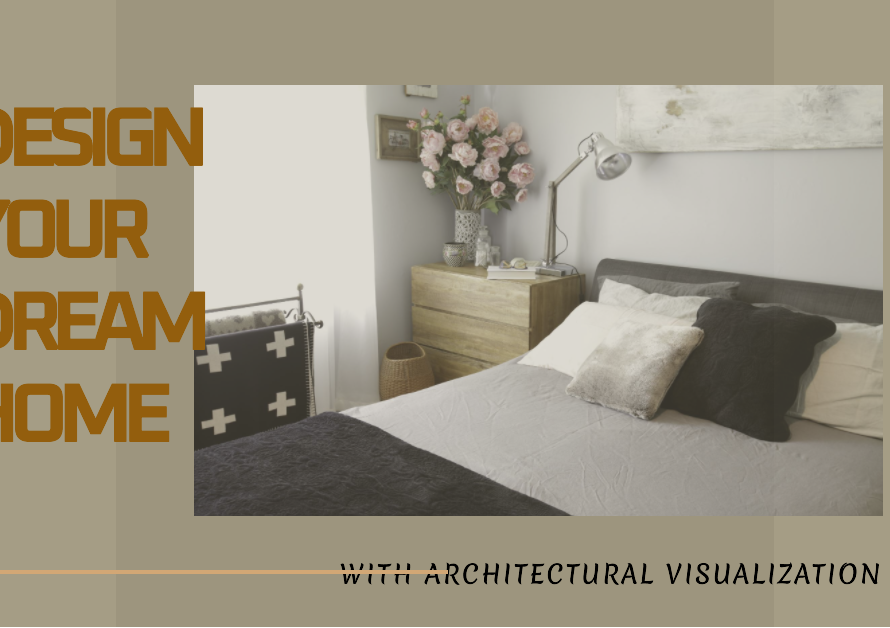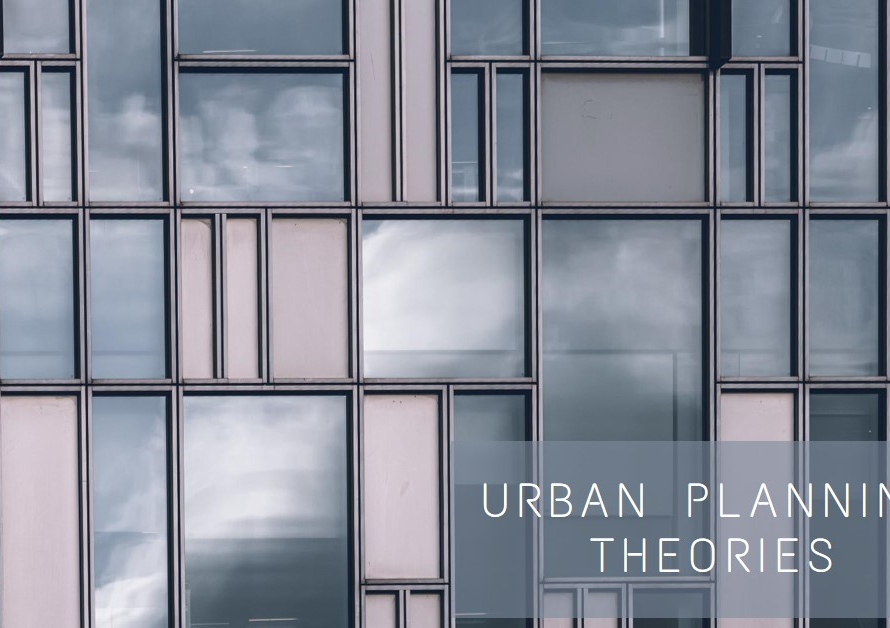
Table of Contents
Introduction: The Silent Narrator of Human Civilization
Architecture, often viewed as mere structures of concrete and steel, stands as the silent narrator of human civilization, telling tales of culture, innovation, and societal evolution. It is more than the assembly of bricks and mortar; it is the embodiment of human aspirations and ingenuity. From ancient wonders like the Pyramids of Giza to modern marvels like the Burj Khalifa, architecture has shaped our world, leaving an indelible mark on the landscape of history. In this discourse, we delve into the profound significance of architecture, exploring its multifaceted impact on society, culture, and the human experience.
Aesthetic Appeal: The Symphony of Form and Function
At its core, architecture is an art form, blending the principles of aesthetics with the demands of functionality. Every structure tells a story through its design, reflecting the values and aspirations of its creators. From the majestic domes of Renaissance cathedrals to the sleek lines of contemporary skyscrapers, architectural marvels captivate the human imagination, evoking emotions and inspiring awe. The interplay of light and shadow, the harmony of proportions, and the meticulous attention to detail elevate architecture to a realm of sublime beauty.
Cultural Identity: Preserving Heritage, Inspiring Identity
Architecture serves as a tangible expression of cultural identity, encapsulating the essence of a society’s beliefs, traditions, and values. From the ornate temples of Angkor Wat to the intricate palaces of the Alhambra, architectural landmarks embody the rich tapestry of human heritage, serving as repositories of collective memory. Through preservation and restoration efforts, we safeguard these cultural treasures, ensuring that future generations can connect with their roots and derive inspiration from the architectural wonders of the past.
Functional Utility: Enhancing Quality of Life with Architecture
Beyond its aesthetic allure, architecture plays a pivotal role in enhancing the quality of life for individuals and communities. Thoughtfully designed spaces can foster productivity, promote well-being, and facilitate social interaction. Whether it’s the innovative layout of a sustainable eco-village or the user-centric design of a healthcare facility, architecture has the power to shape human behavior and improve the lived experience. By prioritizing functionality and ergonomics, architects can create environments that support human flourishing and foster a sense of belonging.


Environmental Sustainability: Building a Greener Future
In an era of growing environmental consciousness, architecture holds the key to sustainable development and ecological stewardship. By embracing innovative design strategies and leveraging renewable materials, architects can mitigate the environmental impact of the built environment. From passive solar design to green roofs and rainwater harvesting systems, sustainable architecture integrates principles of energy efficiency and resource conservation, paving the way for a greener, more resilient future. By championing sustainable practices, architects can serve as custodians of the planet, ensuring that future generations inherit a world that is habitable and harmonious.
Social Equity: Promoting Inclusivity and Accessibility
Architecture has the power to foster social equity by creating inclusive spaces that accommodate the needs of diverse populations. Through universal design principles and barrier-free environments, architects can ensure that buildings are accessible to people of all ages and abilities. By prioritizing inclusivity in the planning and design process, architects can break down physical barriers and promote social integration, fostering a more equitable and inclusive society. From wheelchair-accessible ramps to sensory-friendly design elements, architecture has the potential to empower marginalized communities and promote social cohesion.
Economic Impact: Driving Growth and Development
The built environment is not only a reflection of societal progress but also a driver of economic growth and development. Architecture fuels various sectors of the economy, generating employment opportunities and stimulating investment in infrastructure projects. From commercial developments that catalyze urban revitalization to public works projects that enhance civic pride, architecture contributes to the vitality and prosperity of communities. By fostering a conducive environment for business, innovation, and tourism, architecture plays a pivotal role in shaping the economic landscape and fostering sustainable development.
Technological Innovation: Pushing the Boundaries of Possibility
Architecture is at the forefront of technological innovation, pushing the boundaries of what is possible and redefining the built environment. Advancements in materials science, computational design, and digital fabrication have revolutionized the field, enabling architects to realize increasingly ambitious visions. From 3D-printed structures to parametric skyscrapers, technology has unlocked new possibilities for architectural expression, allowing designers to create structures that were once unimaginable. By embracing emerging technologies and harnessing the power of innovation, architects can continue to shape the future of our built environment.
Conclusion: Beyond Brick and Mortar
In conclusion, architecture transcends its utilitarian purpose to become a symbol of human creativity, ingenuity, and aspiration. From ancient civilizations to modern metropolises, architectural masterpieces stand as testaments to the enduring spirit of innovation and craftsmanship. As we navigate the challenges of the 21st century, architecture will continue to play a pivotal role in shaping our world, enriching lives, and inspiring generations to come. By recognizing the profound significance of architecture, we honor the legacy of those who came before us and pave the way for a future where beauty, functionality, and sustainability converge in harmonious unity.


